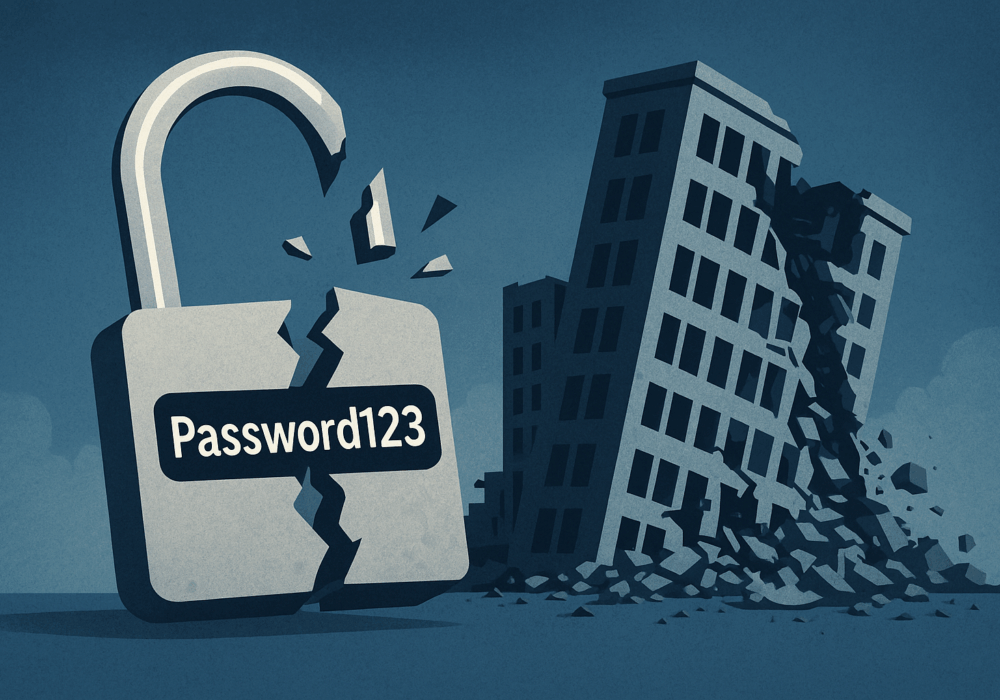
In the world of cybersecurity, the role of superusers – those with elevated privileges within an organization’s network – is crucial yet vulnerable. While much attention has been given to protecting these accounts in large enterprises, small to medium-sized businesses (SMBs) and managed service providers (MSPs) supporting companies of 100 users or less often face unique challenges in this regard.
Traditionally, the management of superuser access has been divided between Privileged Access Management (PAM) and Identity Management (IdM) solutions. However, for SMBs and MSPs, bridging the gap between these two approaches is essential to ensure comprehensive protection against cyber threats.
PAM solutions focus specifically on managing privileged access, while IdM solutions deal with broader identity management tasks, including user authentication and access control. Both PAM and IDM solutions play critical roles in strengthening cybersecurity by controlling access to sensitive information and resources within an organization’s IT environment.
One key lesson learned is the importance of tailoring cybersecurity strategies to the specific needs and resources of SMBs and MSPs. While bigger companies may have extensive budgets and dedicated cybersecurity teams, smaller organizations often operate with limited resources and expertise. As such, solutions must be practical, cost-effective, and easy to implement.
Governance plays a critical role in superuser protection, especially for SMBs and MSPs. Establishing clear cybersecurity policies that outline access controls, authentication protocols, and incident response procedures is essential. By enforcing these policies consistently, organizations can mitigate the risk of unauthorized access and potential data breaches.
Training employees on cyber literacy topics is another vital component of a robust defense strategy. Many cyber attacks target individuals through tactics like phishing emails or social engineering. Educating staff on how to recognize and respond to these threats can significantly reduce the likelihood of successful attacks.
Regular testing through positive phishing simulations is an effective way to assess and reinforce employees’ cybersecurity awareness. Services like those offered by CyberHoot.com provide tailored training and simulation exercises designed specifically for SMBs and MSPs.
Additionally, performing a comprehensive risk assessment with the help of a VCISO can identify vulnerabilities and prioritize mitigation efforts. This proactive approach ensures that resources are allocated efficiently to address the most critical risks to the organization.
Finally, implementing critical technical protections is essential for SMBs and MSPs to defend against superuser attacks. Measures such as anti-spam filters, anti-virus software, firewalls, and multi-factor authentication paired with unique passwords stored in a password manager can significantly enhance the overall security posture of an organization.
Ensuring that your users are granted only the essential access required to fulfill their job responsibilities is crucial. This practice helps minimize the number of superusers with access to sensitive company data, thereby enhancing security measures.
One other piece of advice is to avoid using the same privileged ID passwords across different clients. Think of it like this: just as you wouldn’t want a leak in one part of your network to affect the rest, using unique passwords for each client’s Domain Admin (DA) account is like creating separate compartments. If a DA password is compromised for one client, the damage is contained to that client alone, preventing it from spreading to others. This approach adds an extra layer of security, keeping each client’s data safe and minimizing the risk of widespread breaches.
Safeguarding superuser accounts in SMBs and MSPs demands a strategic, multifaceted approach due to their unique cybersecurity challenges and limited resources. Integrating governance, targeted employee training, thorough risk assessments, and critical technical defenses are essential. By harmonizing Privileged Access Management and Identity Management solutions and adapting these strategies to their specific circumstances, these organizations can effectively fortify their defenses against cyber threats. This comprehensive approach not only mitigates the risk of unauthorized access and data breaches but also strengthens the overall security posture of SMBs and MSPs, ensuring the protection of their networks and sensitive information.
Sources:
The Hacker News: Superusers Need Super Protection: How to Bridge Privileged Access Management and Identity Management
Discover and share the latest cybersecurity trends, tips and best practices – alongside new threats to watch out for.

The rapid rise of generative AI has unlocked enormous promise, but it’s also accelerating the arms race in...
Read more
Newly discovered Android banking Remote Access Trojan (RAT), dubbed Klopatra, has compromised more than 3,000...
Read more
In June 2025, KNP Logistics Group, a transport company in the UK with 500 trucks and nearly two centuries of...
Read moreGet sharper eyes on human risks, with the positive approach that beats traditional phish testing.
